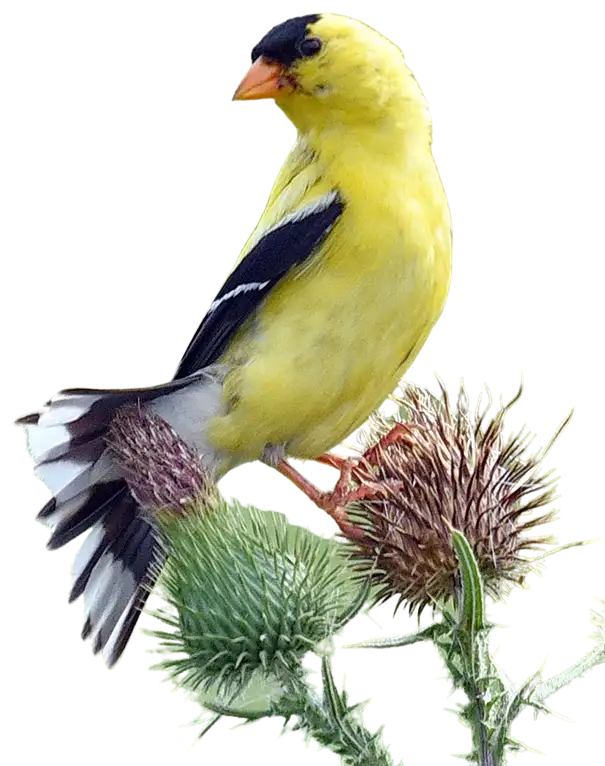Toxic Tackle: How Anti-Bird Our Fishing Equipment Can Be
Jim Ochterski, RBA Conservation Committee
Safe to say that most birders also have fishing equipment as part of our outdoor pursuits. Believe it or not, that can be a problem. Now that fishing season is here, things are about to get ugly for loons, ducks, mergansers, and grebes. Dig around in your basement of garage, and you are likely to find an old tackle box full of lures, line, and other instruments of death for waterfowl. That’s right: instruments of death. But how so?
Just about everything in an old fishing tackle box has proven to be fatal for birds. Lures and fishing line represent a choking or entanglement hazard. But at the top of the list are weighted hooks (”jig heads”), sinkers, and split shot fabricated entirely out of lead. Soft and inexpensive, lead fishing tackle is easy to use and, well, tends to stick around in most collections of fishing stuff.
Lead-based tackle needs to be removed from your fishing equipment stockpile right away. Go through each drawer and tray and bag up any weights or sinkers more than 8 years old. Chances are, they are full of lead. No one can go fishing without losing some little doohickey from their tackle box; it’s an accepted aspect of fishing. Each lead sinker becomes a possible poisoned pill for waterfowl.
Consider the plight of the Common Loon. The Wildlife Clinic at the Cummings School of Veterinary Medicine at Tufts University near Boston tracks causes of loon mortality. They report that almost half (44%) of the dead and dying breeding loons they investigated suffered from lead poisoning. Lead fishing gear was almost always the culprit. Other research shows that about 1 out of 3 Common Loons have lead fishing gear in their guts.
It seems as though loons wind up ingesting lost or spilled sinkers, hooks, and lures while they search for small stones to be used as grit during the digestion of whole fish. The consumed fish could have ingested lead or carry cutaway fishing line with lead in it and still attached to a hook and live bait fish. The pattern is obvious since most lead objects eaten by loons are less than one ounce, less than an inch long, and less than a half inch wide.
Lead tackle has been outlawed in New York for 9 years. Now, lead free sinkers and shot are widely available and should be your go-to material to get your fish. Tungsten-embedded resins and bismuth-tin alloys are non-toxic alternatives that get the job done with the same ease and convenience as old tackle.
Once you bag up your lead fishing gear (and other lead-based sport stuff), hang onto it for a household hazardous waste collection program or see of the tackle shop offers a lead-exchange. Encourage the anglers you know to go completely lead-free. It’s the best way to keep one outdoor hobby from being detrimental to the other.



